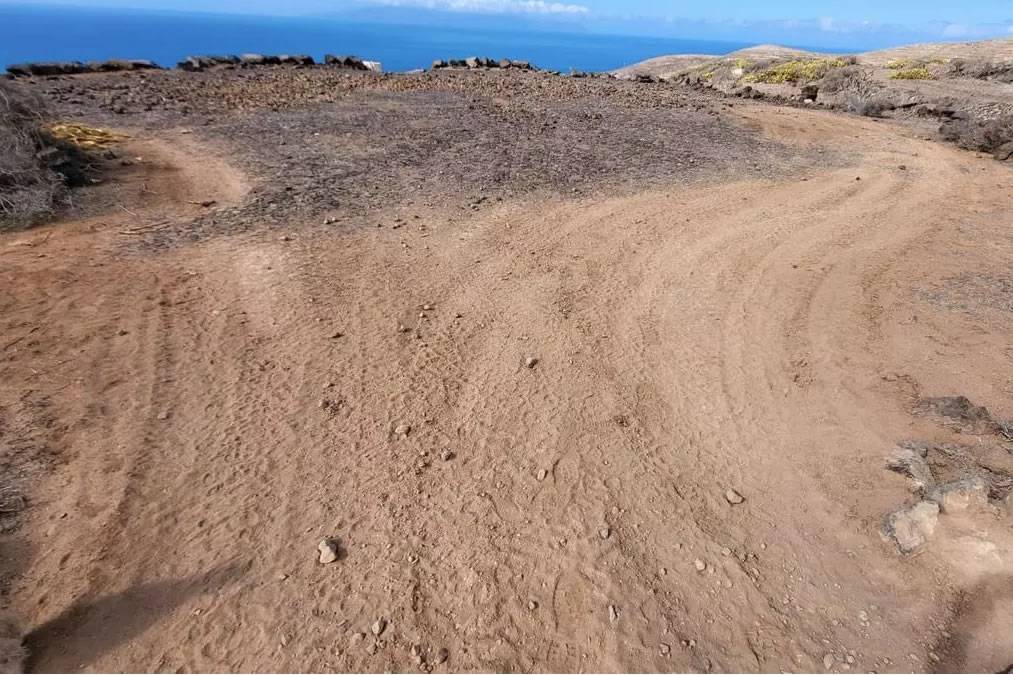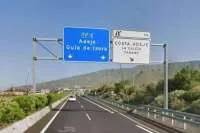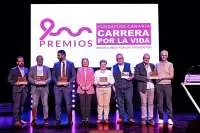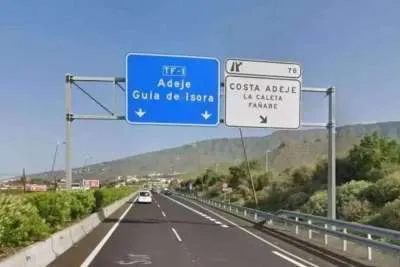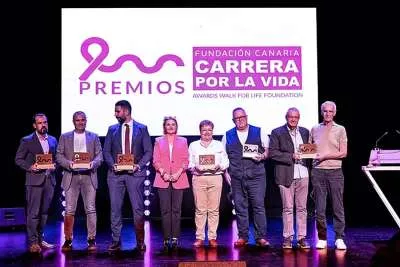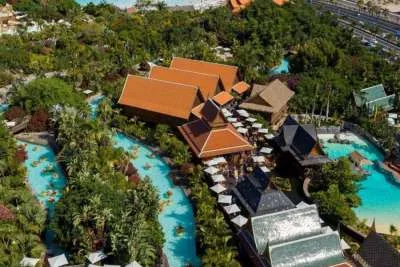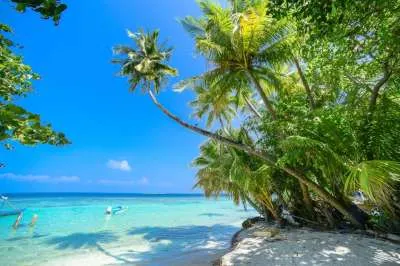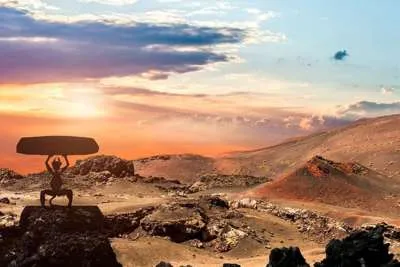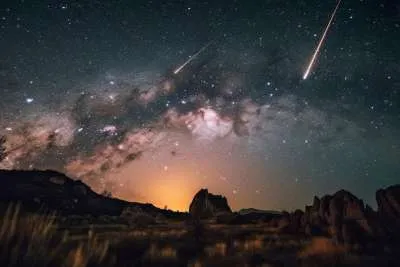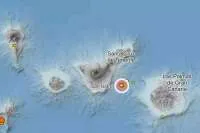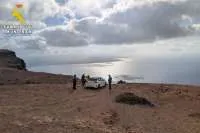Ancient Guanche petroglyphs discovered at site of new golf course in south Tenerife
- 25-02-2025
- Tenerife
- Canarian Weekly
- Photo Credit: CA
A social archaeology group, Imastanen, has reported the discovery of two Guanche petroglyphs on land earmarked for the construction of a new golf course and luxury villas development in Costa Adeje, in the south of Tenerife.
The group has formally alerted the Heritage Department of the Tenerife Cabildo, highlighting that these archaeological remains were not included in the heritage assessments conducted by the project's developers.
One of the engravings was entirely uncatalogued, raising concerns about the reliability of the archaeological surveys commissioned for urban developments.
Overlooked Heritage in Development Projects
The original heritage report for the site, commissioned by the project’s promoters, identified 19 ethnographic and 10 archaeological elements, yet failed to record these two newly discovered petroglyphs. The Tenerife Heritage Department has now confirmed that one was omitted from the study, while the other had never been catalogued.
Imastanen has criticised the lack of thoroughness in these legally required assessments, arguing that they are often superficial and influenced by the developers. "In large-scale urban projects, existing heritage sites are frequently ignored, and even previously undocumented finds go unreported due to the limited depth of these studies," the group stated.
The archaeologists warn that incorporating petroglyphs into urban developments is detrimental to their preservation. They cite previous cases where archaeological sites have been integrated into golf courses or luxury developments, leading to their destruction or decontextualisation, as seen in Buenavista and Armeñime. "Moving petroglyphs as if they were detachable objects is not a viable conservation strategy," they stressed.
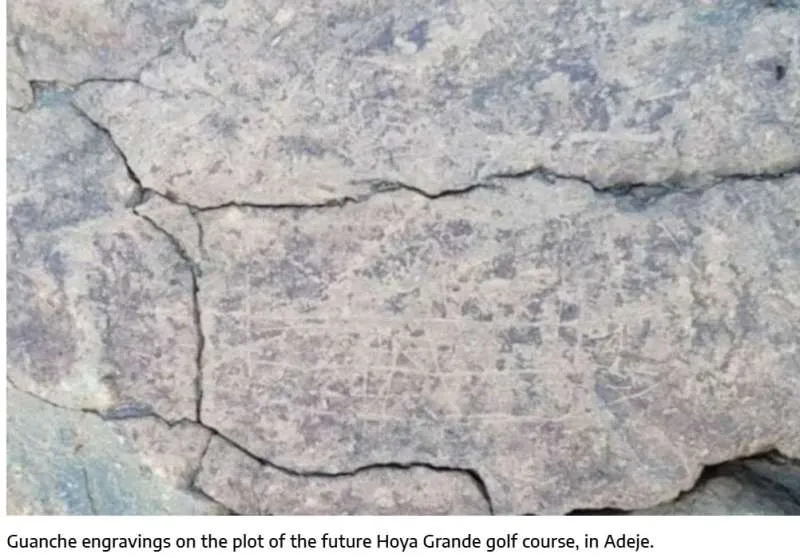
The Site’s Environmental and Cultural Significance
The planned development, located in Hoya Grande, spans over a million square metres and is set between two ecologically and culturally significant ravines. The area was historically used for agriculture and still contains old farm buildings and tracks.
Imastanen has condemned the project as another example of unchecked urban expansion in Adeje, where public housing provisions are minimal, only 5% of the development, while the bulk of the construction is focused on high-end villas and commercial interests.
"Instead of rehabilitating this landscape as a natural and cultural heritage site, it is being sacrificed for yet another luxury resort, at the cost of agricultural land, biodiversity, and historical landmarks," they argue.
Among the endangered heritage sites is a large threshing floor, one of the biggest in southern Tenerife, which is already suffering damage from vehicle traffic, skid marks, and erosion of its stone paving. Despite its clear ethnographic value, it has not been designated as a Cultural Heritage Site (BIC).
Biodiversity at Risk
Environmentalists have also raised alarms over the rich biodiversity of the area, particularly in the ravines surrounding the development site, which contain remnants of thermophilic forests. There is also a significant population of the endangered Echium triste nivariense, or Viborina triste, a species already threatened by another controversial development in Puertito de Adeje, Cuna Del Alma.
Imastanen is calling for a comprehensive archaeological and environmental survey before any development proceeds, warning that failure to conduct proper research will result in the irreversible loss of valuable scientific and cultural knowledge. However, they remain sceptical, fearing that the project will proceed unchecked in a municipality already marred by corruption scandals and unchecked urban sprawl.
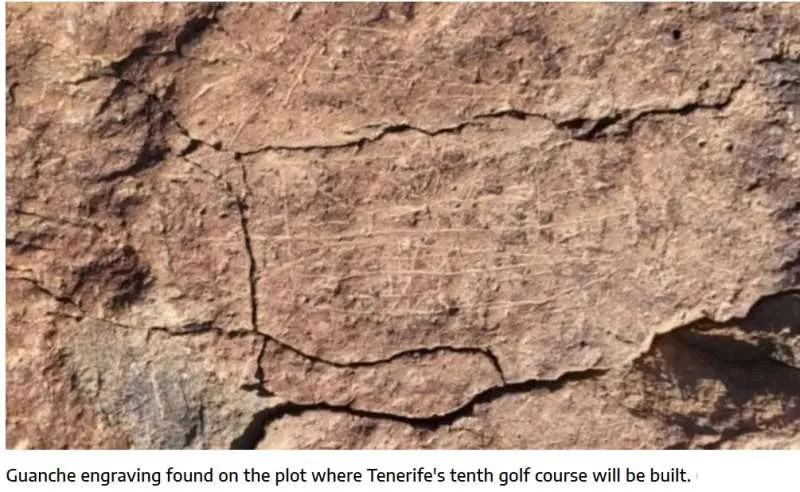
Other articles that may interest you...
Trending
Most Read Articles
Featured Videos
A Vision of Elvis Tenerife Promo
- 10-05-2025
Tenerife Travel Guide
- 13-12-2024
Live webcam from Lanzarote airport
- 13-12-2024


